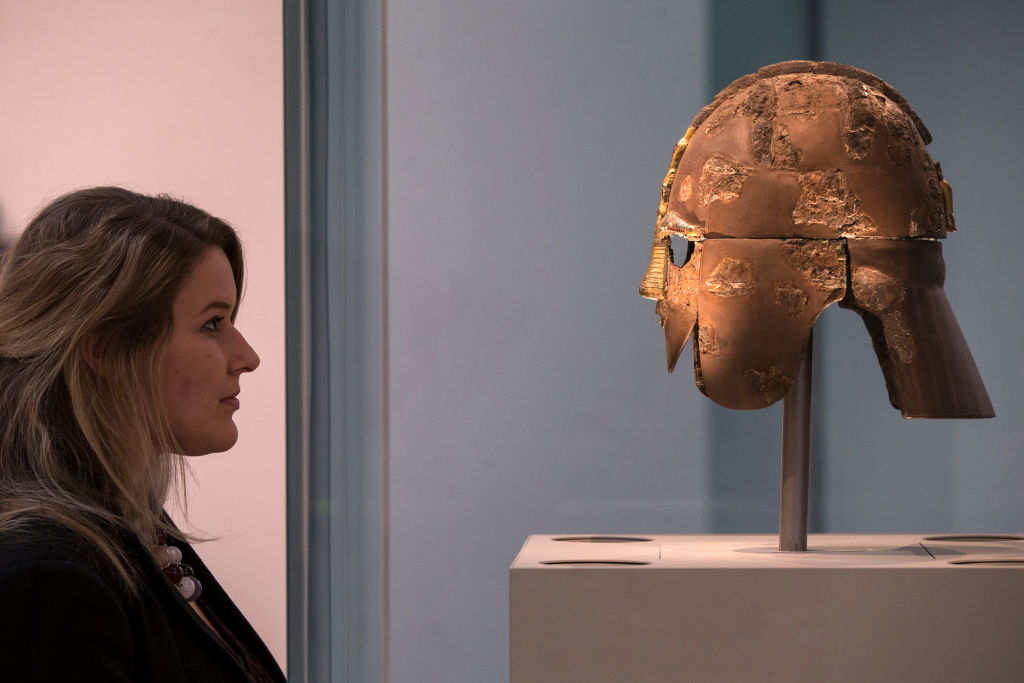Sutton Hoo comes to life in Netflix’s new release ‘The Dig’. Starring Carey Mulligan, Ralph Fiennes and Lily James, the story brings audiences the inside scoop – quite literally – behind a major archaeological discovery in Suffolk, England.
Set in the late 1930s, it focuses on the real life figure of Edith Pretty (played by Mulligan), a widow with an interest in history living near the town of Woodbridge in Suffolk.
One day she noticed as Mental Floss puts it “an unusual array of 18 low mounds just 500 yards from her house”.
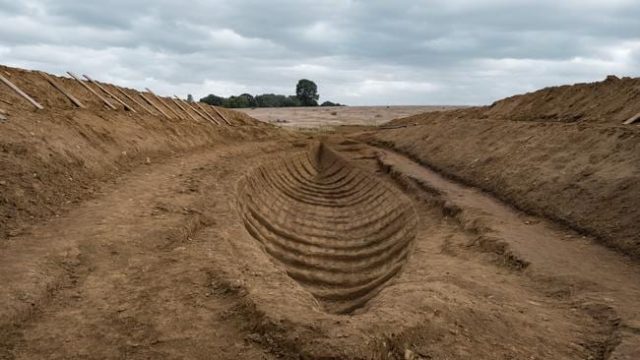
Thankfully for her, a skilled local archaeologist by the name of Basil Brown (Fiennes) was on hand to explore the intriguing site. Self-trained, Brown started off in 1938 with items “from the Pretty household, including a coal shovel and a pastry brush.”
Nevertheless, he knew what he was doing. War broke out the following year, yet as bombs prepared to fall shovels were hitting the soil. Brown eventually unearthed an 88 ft long ship from the 7th century.
But it wasn’t just any old abandoned vessel. Covering the movie, The New York Times writes it was “effectively a burial chamber, with its illustrious occupant bedecked in finery”.
Inside the ship was a coffin on which lay the attire of a warrior, together with what appeared to be things the occupant would need for a journey to the afterlife such as food and money. Within the box were the prized possessions of a sword and belt.
The name of this site would become one for the books… Sutton Hoo. Who did the ship belong to? It’s thought the ship was the final resting place of King Rædwald. Those hoping to see a body were disappointed – anything organic dissolved long ago. Soil samples revealed that even the bones had been eaten away by natural acid.
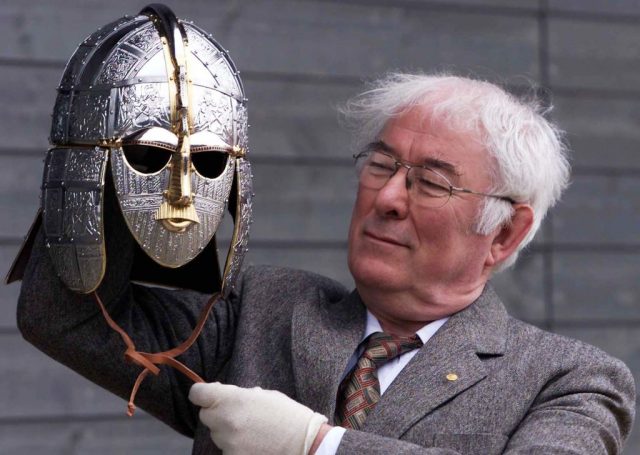
BBC News notes the dig revealed “263 finds of gold, garnet, silver, bronze, enamel, iron, wood, bone, textile, feathers and fur.” Why was it so significant? Not only was it a spectacular find, but it changed perceptions on Anglo Saxon England.
The materials in the chamber came from across the globe, broadening the scope of what was thought to be a less sophisticated civilization. As depicted in the film and quoted by the Times, archaeologist Charles Phillips refers to an image of “marauding barterers”.
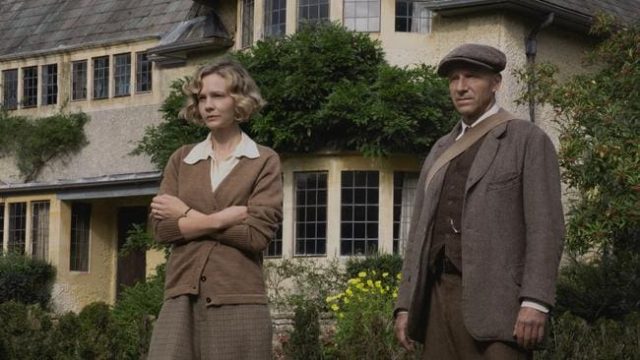
Phillips took charge of the excavation after Pretty and Brown realized what they were looking at. Brown believed the remains “were of a rich ship burial which had been robbed”. This idea was confirmed nearly half a century later in 1983.
Work continued on the site, one of the greatest historical hauls on record. The most recognizable part of Sutton Hoo is the decorated helmet with face plate. A golden buckle lies among the site’s precious items.
Sutton Hoo made a big splash in archaeological circles. However the Nazi menace meant the general public didn’t find out about the remarkable story till 1951. The treasures were secreted in a London Underground tunnel, as experts waited for the coast to clear. Pretty could have reaped the rewards. Instead she donated the items to the British Museum.
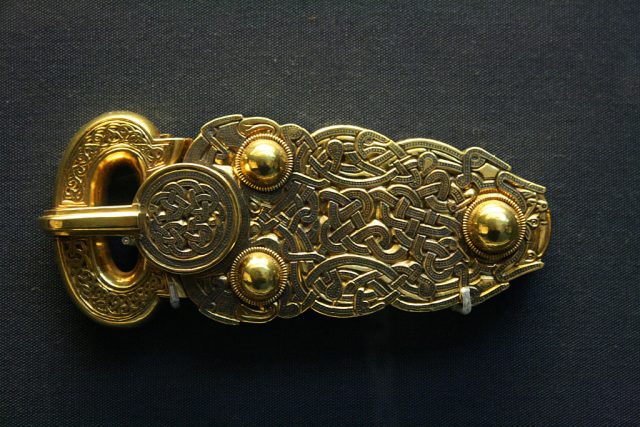
‘The Dig’ is a fictionalized account of what happened at Sutton Hoo. It’s based on the novel of the same name by John Preston. But a strong personal connection makes it special – he’s the nephew of Peggy Piggott, an archaeologist who worked on the site. She pulled the first gold from the earth. Piggott is portrayed by Lily James in the film.

The friendly relationship between Edith Pretty and Basil Brown is shown, though this was a meeting of minds rather than anything romantic. Piggott is given a subplot where she becomes attracted to Johnny Flynn’s Rory Lomax.
Simon Stone directs ‘The Dig’. The Times reports how he decided to shoot the excavation in reverse order. Everything was dug up, then slowly restored over the weeks.
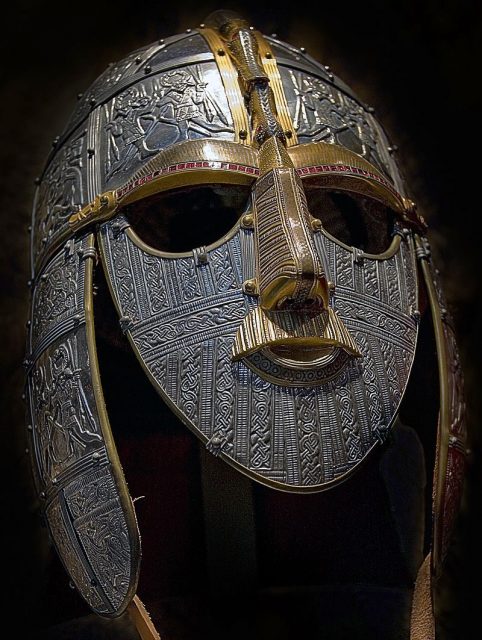
Quoted by the Times, Stone’s approach to the action lies in “a kind of spontaneity that contradicts our ideas about mannered period drama.” Actors were encouraged to improvise. Suffolk-born Fiennes got into character by wearing period clothes and cycling round the community, seeing things through his character’s eyes.
It’s been nearly 100 years since Pretty called Brown in to investigate, and over the decades more wonders have come to light. For example, the remains of a twentysomething “Prince” were found there in 1990.
Another Article From Us: Young Guns 3! Emilio Estevez and the Gang are Back in Another Blaze of Glory
Amazingly, Sutton Hoo is still to be completely excavated today. Will the streaming generation be gripped by this old school tale of English excavators?
